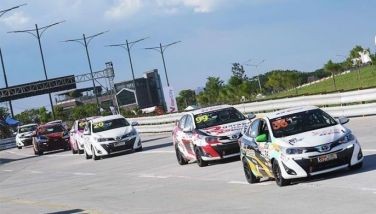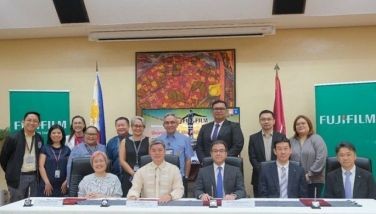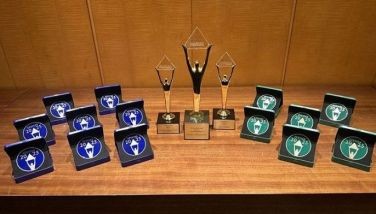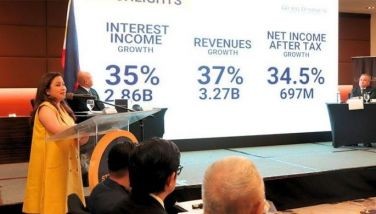Aug. 21, 1983
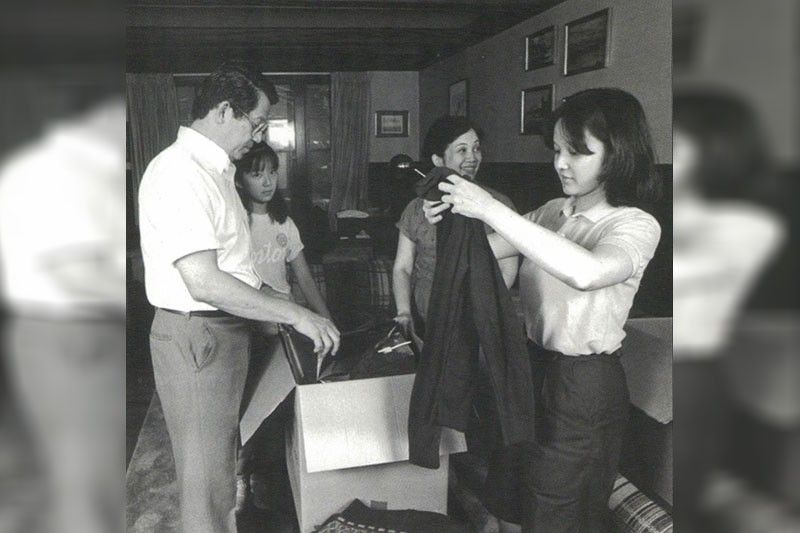
No matter the direction of the country’s political winds, there is an unwavering place for Ninoy Aquino in Philippine history, writ in stone and in a multitude of memories.
I believe the powers-that-be, even ratings-sensitive politicians, recognize and respect that. For instance, I think moves to change the name of the Ninoy Aquino International Airport, upon whose tarmac Ninoy was slain, may not prosper anytime soon. Perhaps never?
I had never met Ninoy Aquino and the first time I saw him was when he was lying bloodied and bruised in his coffin at the Sto. Domingo Church in Quezon City. I was a fresh UP Journalism graduate then, and I had lined up for hours for a glimpse of the man I had only heard of.
We were having a sumptuous lunch on the Sunday an uncle called to say, “Binaril si Ninoy.”
Several days later I was at the Sto. Domingo Church, where I thought I would be crushed amid the throng that wanted to pay their last respects to the slain opposition leader.
Thank God I lived to tell my tale, and even that of his widow Cory Aquino, who I had the privilege to serve during her presidency.
I was also privileged to interview Cory on Ninoy’s 20th death anniversary in 2003, six years before she passed away from cancer.
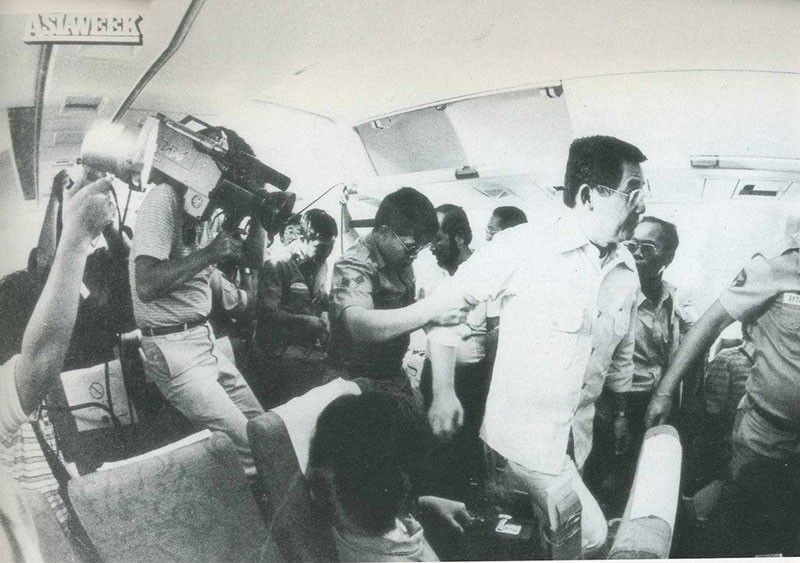
***
Cory told me that when Ninoy left Boston for Manila on Aug. 12, 1983 (taking a circuitous route for security reasons), she and eldest daughter Ballsy made him promise to call as soon as he could when he touched down in Manila.
Ninoy’s China Airlines flight was estimated to arrive in Manila around noon of Aug. 21, 1983.
Thus, Cory was hoping to get a call from Manila at around 1 a.m., Boston time. But the clock was ticking away and the much-awaited call seemed long in coming.
Ballsy left the room she shared with a sister and went to her parents’ room. She lay down on her father’s side of the bed, the side near the telephone, and waited. She found that her mother was still awake, too. And waiting.
Then the phone rang.
Someone from the Kyodo news agency in New York was asking Ballsy for confirmation about her father’s assassination. Just like that.
“Where did you get this story?” Ballsy recalled asking the caller when I interviewed her on her father’s 20th death anniversary.
Cory, seeing the expression on her daughter’s face, asked Ballsy what the call was all about.
“Parang may nangyari ata,” was all Ballsy could tell her mother.
And the rest is history.
***
When Ninoy’s death was confirmed to Cory by Congressman Shintaro Ishihara, a member of Japan’s Parliament and friend of Ninoy’s, Cory asked her children for a few moments to herself and in her solitude, she wept for the loss of the man she had been married to and loved with all her heart for almost 30 years.
“We just cried. All of us,” the Philippines’ first woman president recalled. We were in a conference room in her office in Makati, a cheerful room full of family photos and paintings. We were leafing through a stack of albums, many of the pictures bringing a smile to Cory’s face.
“During Ninoy’s incarceration, I prayed often for God to help me accept His will. And when I lost Ninoy, I prayed even harder for God to give me and my children the strength for it,” she told me.
***
Back in Manila, Cory’s sisters and sisters-in-law had confirmation of Ninoy’s death, but none of them had the heart to break the news to Cory.
In her recollections in the book To Love Another Day, Cory said that Ninoy had told her that if he were to be killed during his return to Manila, it would be the way he wanted to die — for his country.
“I reminded my children of this, that he always wanted to die for the country and so his assassination was really the best thing that could ever happen to him. It sort of lessened the sorrow.”
Fast forward to 2021. During her eulogy for her only brother, former President Noynoy Aquino, Ballsy echoed her late mother’s words: “What gave us comfort when we lost our dad was that our mom kept telling us, ‘God was so generous. Dad was given a hero’s death. The kind of death that would profoundly change our nation.’”
***
On the flight back home to Manila from Boston (she had their tickets downgraded from First Class to Economy and consistently refused offers from the cabin crew to upgrade them, much to the latter’s incredulity), Cory told her children that their father’s body was badly bruised and bloodied.
Cory very calmly recalled to me the moment she saw Ninoy for the first time after his assassination.
When they arrived on Times Street, she asked for a few moments alone with him. Relatives and other mourners who were in the living room where Ninoy’s body lay in repose quietly left the room. Only Dr. Rolly Solis, the cardiologist who operated on Ninoy in 1980, stayed behind.
“I saw Ninoy’s bloodied and bruised body in the coffin and I was telling Ninoy, ‘Ninoy, tell me what I should do.’ When I kissed him, I promised him that I would continue with the struggle, never thinking then that I would become president. I kissed him on the cheek, and it was hard. I did not break down. I held his hand. And it was softer… But I couldn’t even stay long because I saw all the people outside waiting to come in,” Cory told me.
Then she wiped away her tears.
***
“From the time my children and I arrived in Manila from Boston on Aug. 24. 1983, we were just amazed at the huge numbers of people who came to pay their last respects to Ninoy in our house on Times Street, in the Sto. Domingo Church in Quezon City, in the San Sebastian Cathedral in Tarlac and then back to Sto. Domingo Church,” Cory wrote in an article in 2003, titled, “Hindi Kami Nag-Iisa.”
“From Tarlac to Quezon City, we took the longer route, the MacArthur Highway instead of the North Diversion Road. There were more towns we would pass through to give more people a chance to see Ninoy’s hearse. The main streets of these towns were jammed with people and sometimes we could hardly move. It took us nine hours to reach Sto. Domingo Church from the Tarlac Cathedral.
“Finally, on Aug. 31, 1983, it was estimated that around two million people went out to see the funeral procession, which started at around 10 a.m., from Sto. Domingo Church and ended at 9 p.m. at the Manila Memorial Park.
“The pain of losing Ninoy was lessened somewhat by the magnificent presence of millions of Filipinos. Truly, Our Father in heaven had made sure that my children and I would not be alone in our grief. Talagang hindi kami nag-iisa.”
***
That was then, and times have changed. One of Ninoy’s daughters Viel Aquino Dee told me during Cory’s death anniversary last Aug 1, “It’s a different world we’re living in now.”
I remember the title of the Eddie Romero epic, Ganito Kami Noon, Paano Kayo Ngayon? *
- Latest










